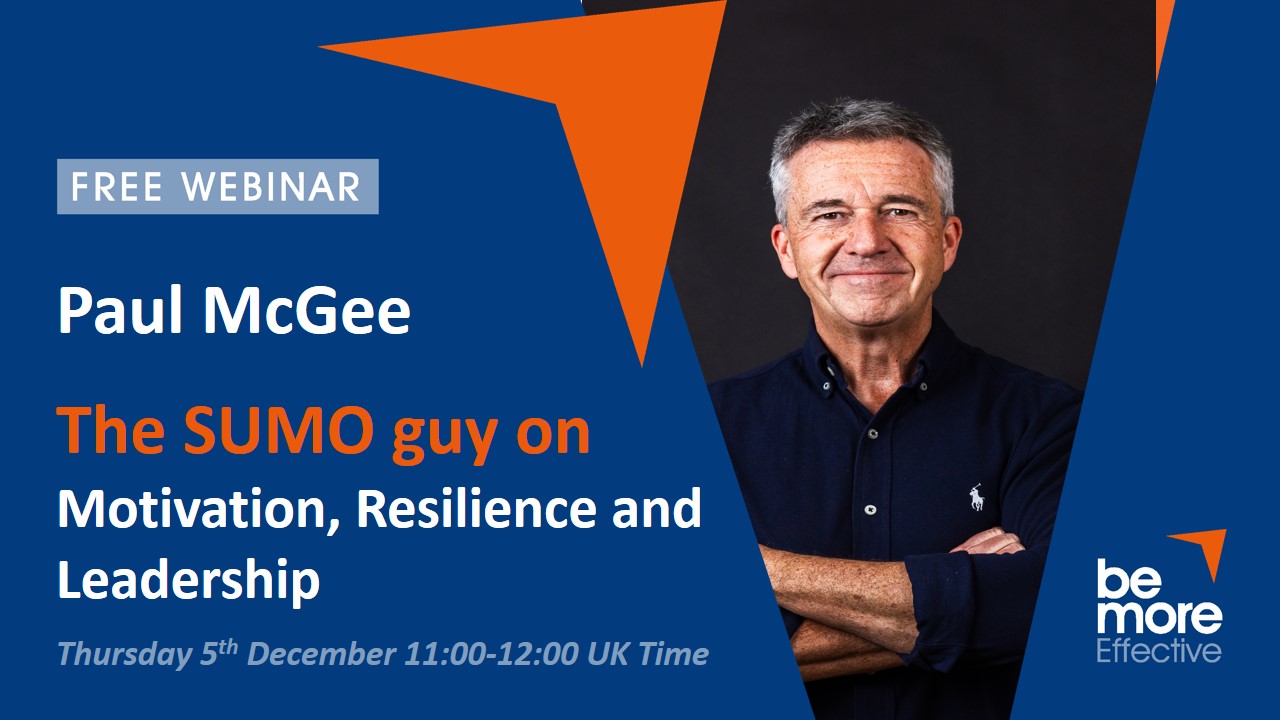The Nature of Persuasion Part Seven

This is the seventh article in a series of eight on the nature of persuasion.
We’ve seen what it is, and what it isn’t.
We’ve learned about the need to plan and prepare for it, and we’ve discussed many of the things that you must think about even from the very beginning.
The nature of persuasion is a bit like the overture in an opera. First you work out and think through all of the themes, and then the overture - the piece that the audience hears first, is written last.
That’s what happens when you plan and prepare. You anticipate what will be said and what should be said. You figure out the scripts that you and others are likely to follow.
After that you immerse yourself in the emotions of the other person. That’s because when you connect emotionally first, you’re then in a better position to do so logically.
Emotion with reason is a powerful combination. Reason without emotion is dispassionate, cold, and impersonal.
You may have heard that people buy from people?
This is why. Whether they realise it or not, they connect emotionally.
Now that you’ve gathered the information you need and made your case, you’re ready to deliver the benefits.
Deliver benefits
If you’re a salesperson, then there’s no need to labour the difference between features and benefits.
You know what they are.
For leaders and managers, it’s somewhat different.
A good way to think of benefits is to see them as the transcendent reason why.
Why should the other person agree with your suggestion, plan, or desire?
We looked at this a bit earlier when we asked, “What’s in it for them?”
In this section, you’re doing two things.
For one thing, you’re digging a lot deeper. Before you gave some reasons in order to help clarify your discussion. Now you’re getting into the detail; the nitty-gritty, so to speak.
The second thing is that you’re summarising all of the benefits in one place.
Think of a sales letter. Whether you’re in sales or not, you’ve read them.
If you receive promotional materials in the post, then you probably get more of them than you realise.
Most people recycle them. The pages don’t even make it out of the envelope.
There are people, however, who do read them, and enough of them do it to make a profit even though 98-99% are tossed.
If you look at the end of those sales letters, you’ll see a place where all the benefits are summarised.
It’s where they’re trying to show you how inexpensive the price is compared to what you’ll get.
They’ve already gone into all of that in the letter, but it was mixed in with a lot of other information; things like your frustrations and the other products that you had tried, and the fact that you didn’t get the results that you wanted.
After they explained all that, then they summarised all of the benefits. They’ll probably deal with a few more objections, too, but you’ll see all that you’ll get in one spot.
When it’s presented like that, then the hope is that you will buy, or sign up, or send a donation; that you’ll take whatever action they want you to take.
If you’re a manager, and you want to persuade people to attend a course, for example, and they’re not too keen on the idea, it’s in this part of the discussion where you summarise all the reasons why they should go. You tell them all of the benefits.
That’s what this part of the persuasion model is for. It’s to make sure that you have a place in your discussion where this happens.
And it’s also a way of putting all the good things that will happen as a result in a separate context.
Remember what we said about buying with your heart and justifying with your head? When you get to this stage, the hope is that your heart already wants it. The benefit summary is there to satisfy your head.
If you’ve done everything else in a way that has enabled you to connect with those you’re speaking with and answered all of their objections thoroughly, professionally, and naturally, then those your trying to persuade will do what you wanted them to do.
When barristers sum up their case before the jury, it’s so that the group of people will come to the same conclusion; that the defendant is guilty if it’s the prosecutor, or innocent if it’s not.
Notwithstanding the laws of the land, it’s poor jurisprudence to sum up the “facts” first, and then ask for a verdict.
That would be a bit like having the penalty shoot-out in the absence of the match itself, though some would argue that the winner could be decided a lot more quickly this way.
Earlier we saw that benefits were the reason why.
Another way to think of it is to qualify this in terms of value.
It could be money or time saved, or productivity increased, or performance improved.
No doubt, you can think of many others.
Whatever the benefits, they have to be presented in a way that will have the most meaning for the other person.
That it has meaning for you doesn’t matter.
How often do you see promotional material and websites that are what they are because the owner likes it?
Have you ever tried to persuade someone that what they like isn’t what’s important?
Unless you’re trying to persuade yourself, or you’re buying from yourself, then it isn’t.
Sometimes in Facebook groups, members will ask if people like their website or products, or perhaps the name of the product. Nearly everyone chimes in with their likes or dislikes.
Hardly anyone, however, says that they’re asking the wrong people; that the people in the group aren’t those who are likely to buy from them.
So you see, you have to put yourself, not only in the shoes of the person you’re trying to persuade, but also into their hearts.
In fact, where persuasion has been the most effective, people don’t wait to be asked. Instead, they interrupt the other person and say, “Yes. I’ll do it” or “where do I sign?”
This is the equivalent of you reading the top of a sales letter and deciding that you want to do whatever they ask irrespective of what it says in the material.
You quickly look on the last page to find out what to do.
In sales, there’s this expression: “Don’t sell what it is; sell what it does.”
What it does is to provide benefits.
Buy-in comes when others believe that whatever they’re being asked to do will enable them to meet their needs.
If it’s a packaged-holiday brochure, then it’s providing exactly the right location, for the right length of time, just when they need it, and at a bargain price.
If it’s the “opportunity” to take a lateral promotion and move to some remote part of the Commonwealth, then there’s a queue of people waiting to do it because they know that it will help their careers if they do.
One last thing.
One person’s benefit is another’s features.
The final arbiter is the other person.
In this series, we’ve talked a lot about looking at things from the perspective of the other person, and benefits are no exception.
Now this shouldn’t be that difficult.
If you’ve done your homework, then you’ll know already how what you’re asking will help the other person.
Even donations that others make help the donor.
When people donate to a cause they believe in, then they’re doing what they can to advance its interests.
Let’s look at an obvious example: The British Red Cross.
According to their website, they “help anyone, anywhere in the UK and around the world, get the support they need if crisis strikes”.
That’s quite a mission.
Now there will be those who want to help, but who don’t have first aid skills, can’t volunteer, are squeamish, or whose circumstances prevent them from getting involved in a host of other ways.
And so they send money instead.
The BRC takes that money and uses it to pay for materials and people to do the things that donors would like to do, but can’t.
You have to look at benefits in exactly the same way.
You have to ask why the person you’re trying to persuade would want to do what you ask.
Those answers are the benefits.
You see, benefits are not simply what it does. They are what it does for others.
Features are what it does.
That’s an important distinction.
You have to find out what benefits people want, and then give those things to them.
When you do that, then you’ll persuade them to do what you want them to.
Want to read more about persuasion? Read this book
For more information please send a message via the Contact Us Page. Or you can register for an upcoming webinar.


